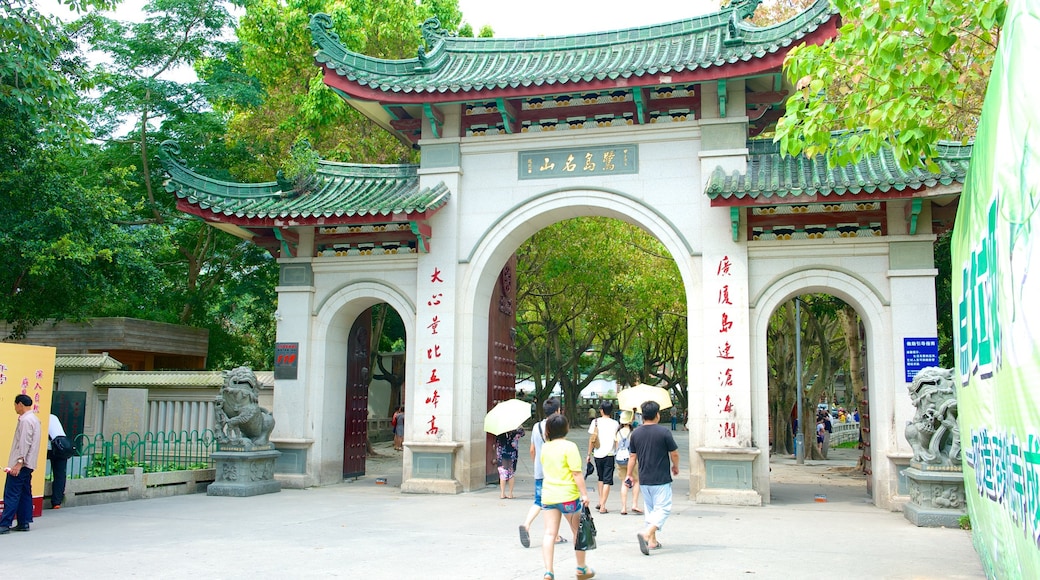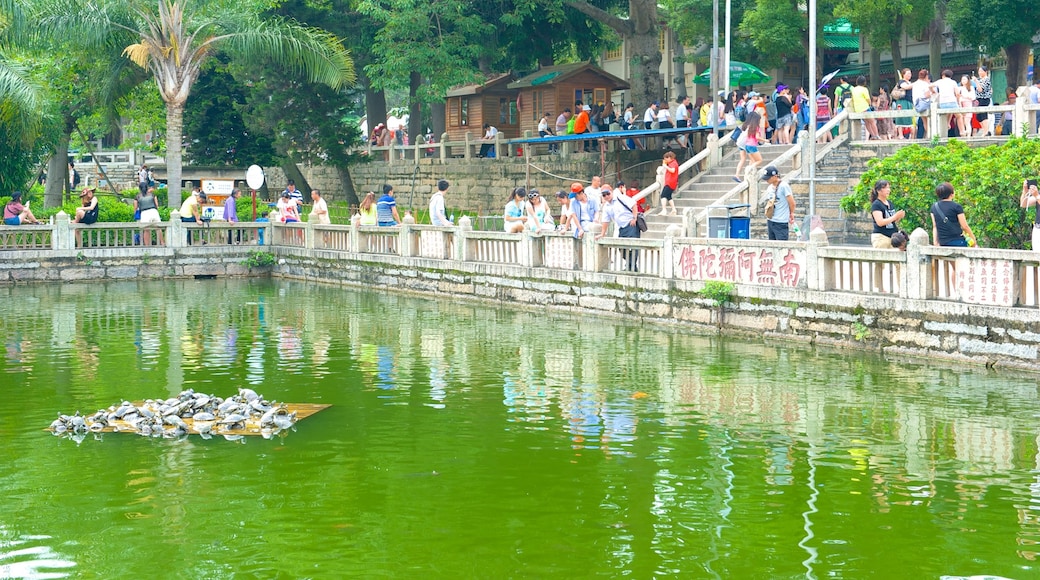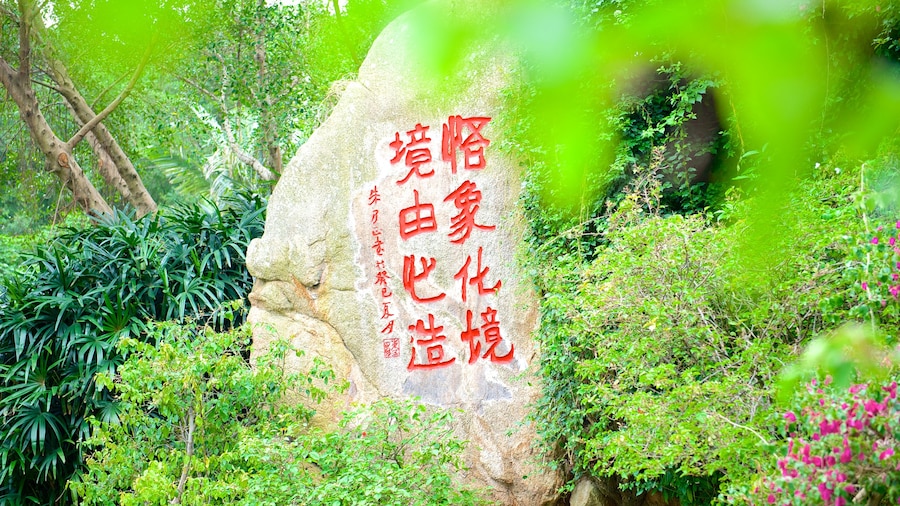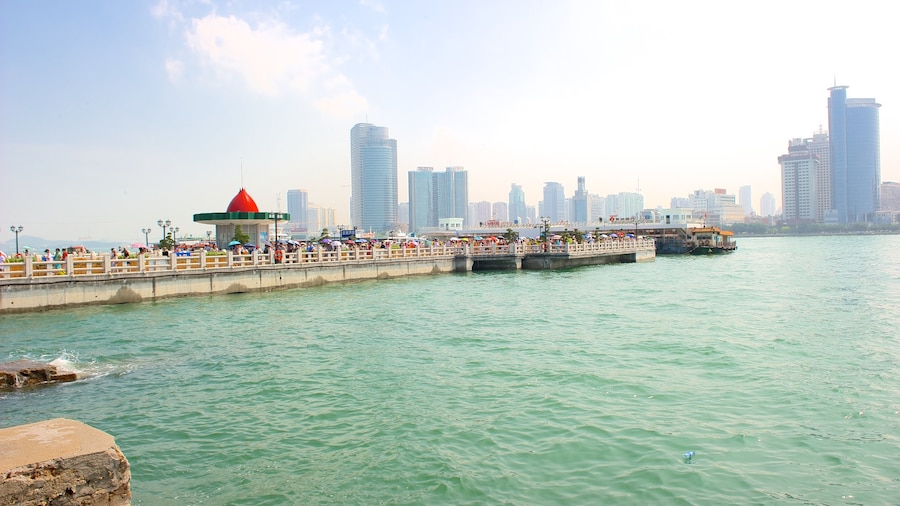南普陀寺





游览南普陀寺
热门景点
热门酒店优惠

厦门华尔道夫酒店
思明区莲花北路 1 号, 厦门市, 福建省

厦门康莱德酒店
思明区演武西路 186 号, 厦门市, 福建省

厦门海景千禧大酒店
福建镇海路12号之8, 厦门, 福建

厦门瑞颐大酒店
鹭江道 12 号, 厦门市, 福建省

厦门马哥孛罗东方大酒店
思明区建业路 8 号, 厦门, 福建

厦门海港英迪格酒店 - IHG 旗下酒店
鹭江路 16 号, 思明区, 厦门市, 福建省

厦门源昌凯宾斯基大酒店
湖滨中路 98 号, 思明区, 厦门市, 福建省

厦门佳逸酒店,希尔顿格芮精选酒店
龙虎山路 6-8 号, 厦门市, 福建省

厦门磐基希尔顿酒店
嘉禾路199号, 厦门, 福建
基于过去 24 小时内找到的、2 位成人 1 晚住宿的每晚最低价格。价格和供应情况可能会有所变动。可能需遵守其他条款。


